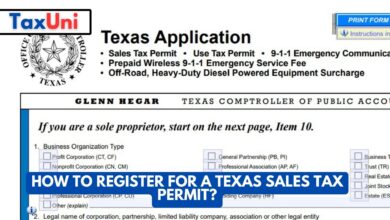Tax Cuts and Jobs Act of 2017

The Tax Cuts and Jobs Act (TCJA) of 2017 was a significant overhaul of the United States tax code. This law was passed by the Republican-led Congress and signed into law by President Donald Trump on December 22, 2017. The TCJA was designed to simplify the tax code, stimulate economic growth, and create more jobs for Americans. In this article, we will explore the main provisions of the TCJA and its impact on individuals, businesses, and the economy.
Individual Tax Provisions
The Tax Cuts and Jobs Act (TCJA) made several changes to the individual tax code. First, it lowered tax rates across the board, dropping the top rate from 39.6% to 37%. The standard deduction was also increased to $12,000 for individuals and $24,000 for married couples filing jointly. This increase in the standard deduction was intended to simplify tax filing for many Americans and reduce the number of taxpayers who itemize their deductions.

One of the most controversial changes made by the TCJA was the elimination of the personal exemption, which was $4,050 in 2017. This change was offset by the increase in the standard deduction and the child tax credit, which was doubled to $2,000 per child under the age of 17. The child tax credit is refundable up to $1,400, which means that families can receive a refund even if they do not owe any income tax.
Another significant change made by the TCJA was the cap on the state and local tax (SALT) deduction. Previously, taxpayers could deduct unlimited state and local income, sales, and property taxes. Under the TCJA, the SALT deduction is capped at $10,000, which has significantly impacted taxpayers in high-tax states like California, New York, and New Jersey.
Business Tax Provisions
The TCJA also made significant changes to the business tax code. The corporate tax rate was lowered from 35% to 21%, which was intended to make American businesses more competitive globally. The TCJA also created a new 20% deduction for pass-through businesses, such as partnerships, S corporations, and sole proprietorships. This deduction applies to the first $315,000 of income for married couples filing jointly and $157,500 for individuals.





